|
Here’s why it’s worth paying attention to the length of your novel whether you’re publishing independently or submitting to an agent with the aim of securing a publishing contract.
|
|
THE PROOFREADING CHECKLIST
My preference is to carry out each check discretely so that I can focus on the specific task in hand rather than trying to spot different kinds of errors at the same time.
A free copy is available when you sign up to The Editorial Letter. |
Step 1. Project legalities
This part of the process protects me and my client, and ensures we have a mutual understanding of the project’s terms and conditions.
Step 2. File checking and organization
- Create a project folder
- Check the book file can be opened and is readable
- Check the page count to confirm that all the content is available
- Save a copy of the project file with a unique name, eg Smith-LH-Edit-020421-v1
- Place the original and the copy in the project folder
Step 3. Template creation
Step 4. Technical setup
- Open the book file and make sure Track Changes is switched on
- Check that the VisibleTrackOff macro is functioning. This ensures I never forget I’ve switched off Track Changes temporarily
- Open Word’s Set Proofing Language function to ensure it’s recognizing the appropriate version of English
- Uncheck the ‘Do not check spelling or grammar’ box
Step 5. Styles
Word’s styles palette is the tool of choice. If I decide to make changes, I can amend the style rather than trawling through the entire book file line by line.
|
STYLES I TYPICALLY SET UP
|
If I’m line editing, the author might have done some or all of this work. If I’m proofreading, another editor might have done it.
After I’ve set up the styles, I apply them to the book file.
Step 6. Chapter sequence check
It’s not uncommon for authors to shift chapters around, and that’s where problems slip in.
- That the chapters are sequenced correctly
- That there are no chapters with the same number
- That there are no missing chapter numbers
- That the headings, subheadings and first-paragraph indents are styled properly
Step 7. Front-matter check
The most exciting part of the project for me is the edit itself, so doing mundane but critical technical checks separately ensures my eye’s on the ball and I'm not making assumptions.
Step 8. Macro run and style-sheet build
Editors use all sorts of different software and tools to complement their eye depending on the issues they need to check, the material they’re working on, and their clients’ needs.
The macros I've listed below are not what you must use; they’re just my preferences.
|
MACROS I TYPICALLY RUN
|
I use what I learn to start filling in the project’s style sheet.
At this stage I’m making early decisions about spelling, hyphenation, capitalization and proper noun usage, and noting any red flags.
- Inconsistent character names
- Characters with similar or the same names
- Inconsistent spelling of place names
- Language that’s prejudicial or misrepresentational
Even if I locate problematic language, I’ll not make any decisions about what needs to be done until the contextual edit begins and I can review it within the wider story arc. At this point, I'll just highlight.
I’ll also record initial observations that are key to the line edit.
- Narration style (e.g. first or third person)
- The novel’s base tense (eg past, present)
- The author’s preferences (expressed via the Author Preferences form or email)
Step 9. The edit
I work through the book file line by line and edit according to the agreed scope of the project.
Step 10. The part-way PerfectIt check
That’s because I’ll have made many new style choices that affect, for example, spelling, capitalization and hyphenation, ones that I didn’t pick up during my pre-edit macro run.
- A part-way PerfectIt check does the heavy lifting, allowing me to locate additional inconsistencies quickly.
- The more mundane technical work the software does, the fewer distractions for me while I’m editing for sense and sensibility.
Step 11. The technical tidy-up
Step 12. Style sheet check
|
WHAT I DO
|
Step 13. Create the editorial report
Step 14. Delivery and invoicing
After I’ve emailed the files, I issue an invoice for the outstanding fee. Some editors choose to send the files only after all monies have been paid. How you do it is for you to decide.
Wrapping up
Just bear this in mind: There's no one best way. We all work differently, and there are multiple ways to edit efficiently and productively.
She is an Advanced Professional Member of the Chartered Institute of Editing and Proofreading (CIEP), a member of ACES, a Partner Member of The Alliance of Independent Authors (ALLi), and co-hosts The Editing Podcast.
FIND OUT MORE
> Get in touch: Louise Harnby | Fiction Editor & Proofreader
> Connect: Twitter at @LouiseHarnby, Facebook and LinkedIn
> Learn: Books and courses
> Discover: Resources for authors and editors
BLOG ALERTS
TESTIMONIALS
Dare Rogers
'Louise uses her expertise to hone a story until it's razor sharp, while still allowing the author’s voice to remain dominant.'
Jeff Carson
'I wholeheartedly recommend her services ... Just don’t hire her when I need her.'
J B Turner
'Sincere thanks for a beautiful and elegant piece of work. First class.'
Ayshe Gemedzhy
'What makes her stand out and shine is her ability to immerse herself in your story.'
Salt Publishing
'A million thanks – your mark-up is perfect, as always.'
CATEGORIES
All
Around The World
Audio Books
Author Chat
Author Interviews
Author Platform
Author Resources
Blogging
Book Marketing
Books
Branding
Business Tips
Choosing An Editor
Client Talk
Conscious Language
Core Editorial Skills
Crime Writing
Design And Layout
Dialogue
Editing
Editorial Tips
Editorial Tools
Editors On The Blog
Erotica
Fiction
Fiction Editing
Freelancing
Free Stuff
Getting Noticed
Getting Work
Grammar Links
Guest Writers
Indexing
Indie Authors
Lean Writing
Line Craft
Link Of The Week
Macro Chat
Marketing Tips
Money Talk
Mood And Rhythm
More Macros And Add Ins
Networking
Online Courses
PDF Markup
Podcasting
POV
Proofreading
Proofreading Marks
Publishing
Punctuation
Q&A With Louise
Resources
Roundups
Self Editing
Self Publishing Authors
Sentence Editing
Showing And Telling
Software
Stamps
Starting Out
Story Craft
The Editing Podcast
Training
Types Of Editing
Using Word
Website Tips
Work Choices
Working Onscreen
Working Smart
Writer Resources
Writing
Writing Tips
Writing Tools
ARCHIVES
July 2024
June 2024
May 2024
April 2024
March 2024
October 2023
August 2023
July 2023
June 2023
May 2023
April 2023
March 2023
January 2023
December 2022
November 2022
October 2022
September 2022
August 2022
July 2022
June 2022
May 2022
April 2022
March 2022
February 2022
January 2022
December 2021
November 2021
October 2021
September 2021
August 2021
July 2021
June 2021
May 2021
April 2021
March 2021
February 2021
January 2021
December 2020
November 2020
October 2020
September 2020
August 2020
July 2020
June 2020
May 2020
April 2020
March 2020
February 2020
January 2020
December 2019
November 2019
October 2019
September 2019
August 2019
July 2019
June 2019
May 2019
April 2019
March 2019
February 2019
January 2019
December 2018
November 2018
October 2018
September 2018
August 2018
July 2018
June 2018
May 2018
April 2018
March 2018
February 2018
January 2018
December 2017
November 2017
October 2017
September 2017
August 2017
July 2017
June 2017
May 2017
April 2017
March 2017
February 2017
January 2017
December 2016
November 2016
October 2016
September 2016
June 2016
May 2016
April 2016
March 2016
February 2016
January 2016
December 2015
November 2015
October 2015
September 2015
July 2015
June 2015
May 2015
March 2015
February 2015
January 2015
November 2014
October 2014
September 2014
August 2014
July 2014
June 2014
March 2014
January 2014
November 2013
October 2013
September 2013
August 2013
June 2013
February 2013
January 2013
November 2012
October 2012
September 2012
August 2012
July 2012
June 2012
May 2012
April 2012
March 2012
February 2012
January 2012
December 2011
|
|
|



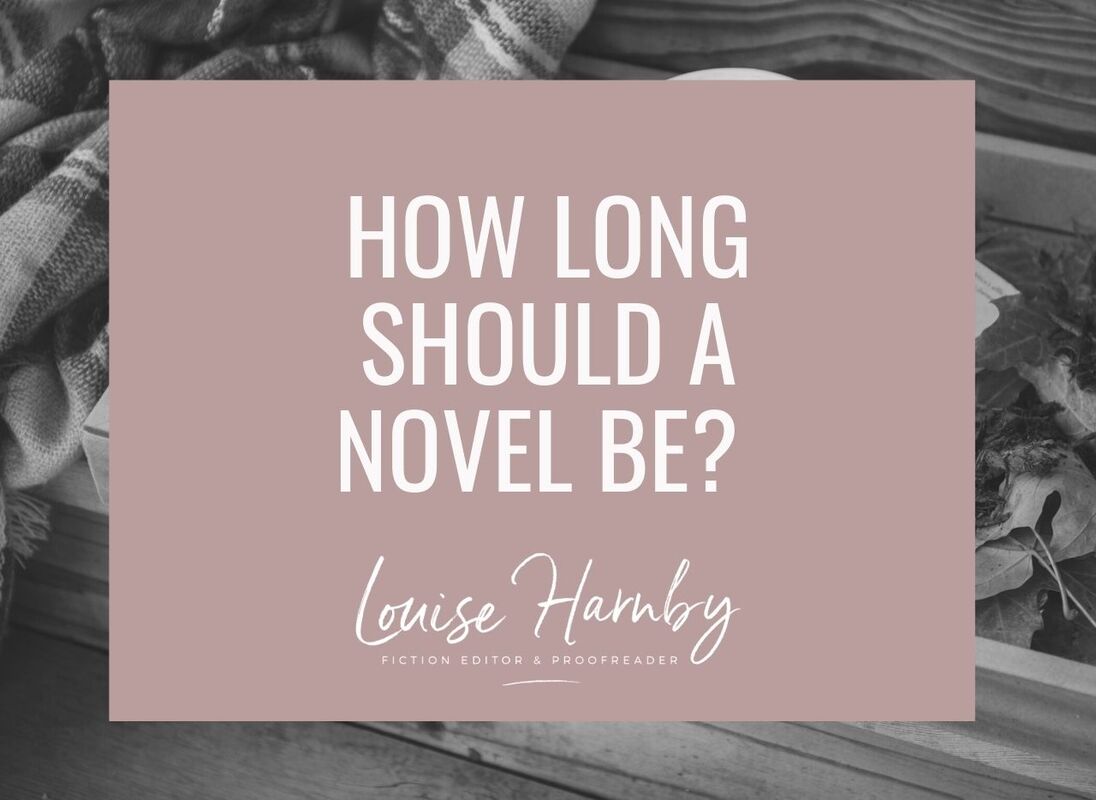

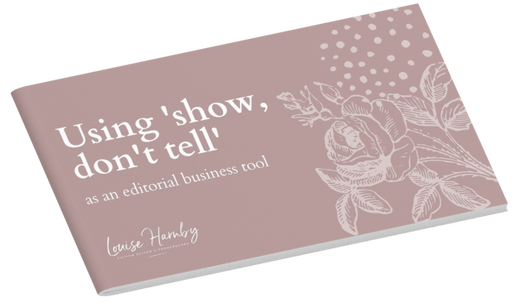
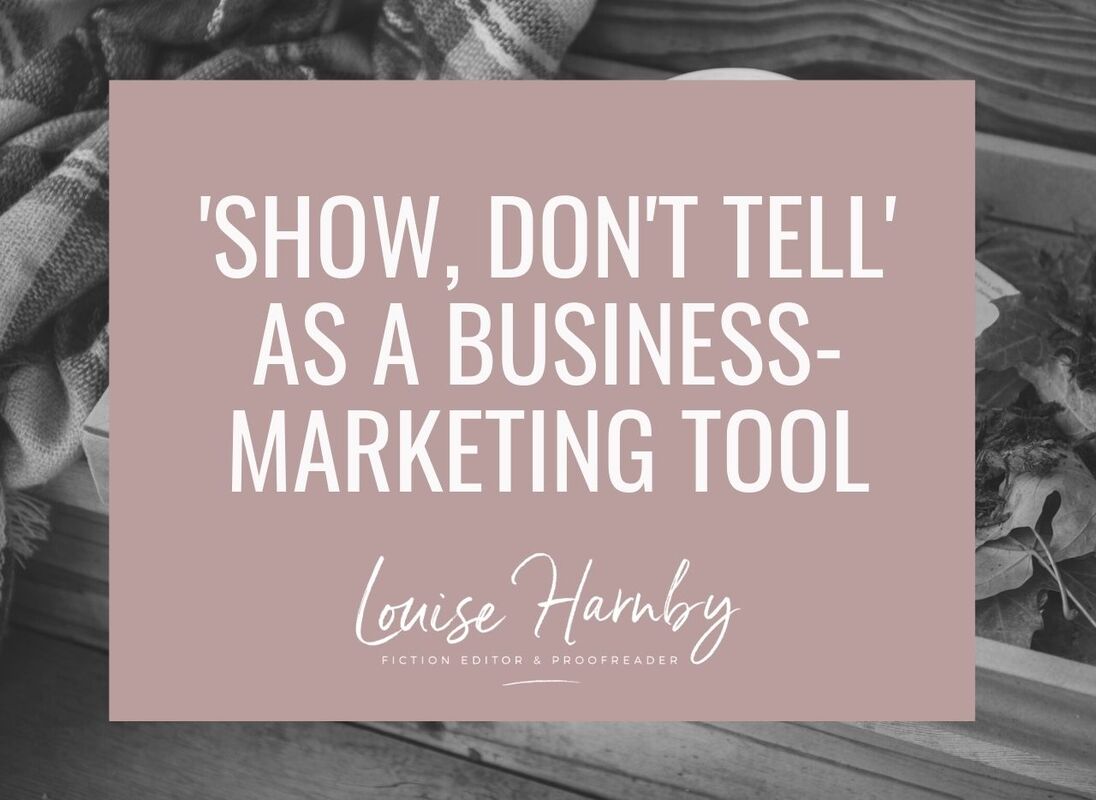
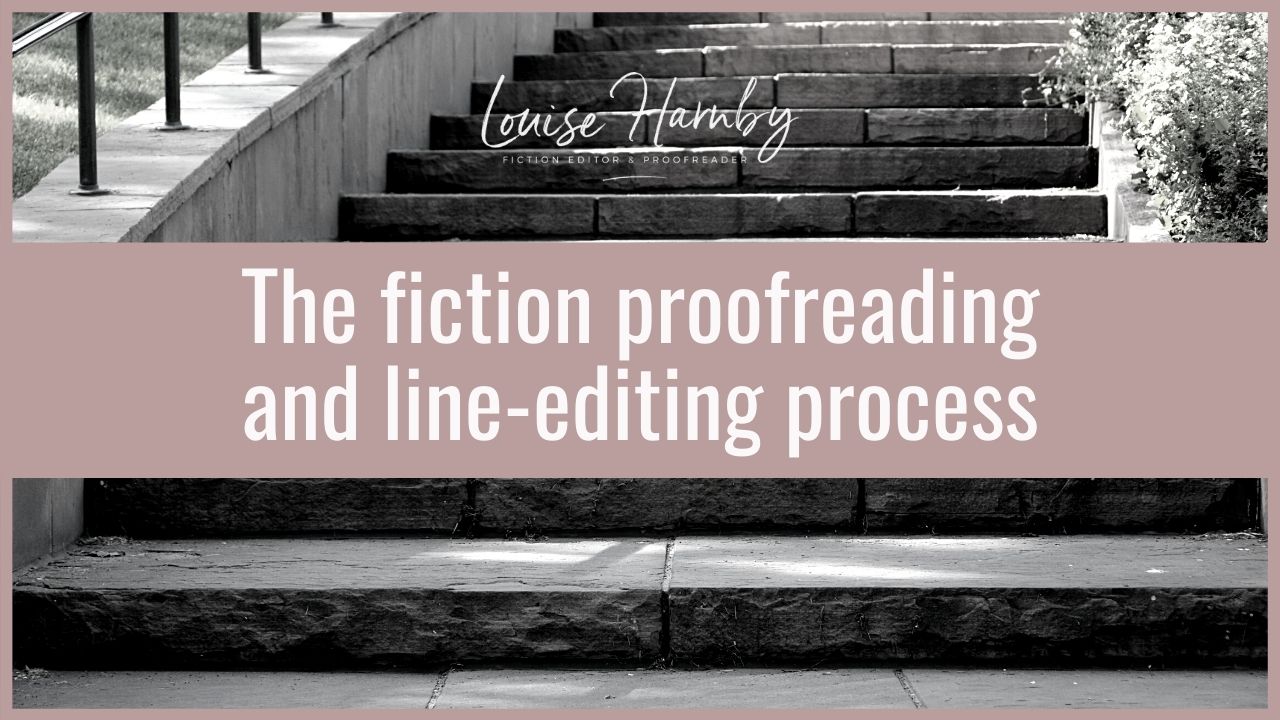
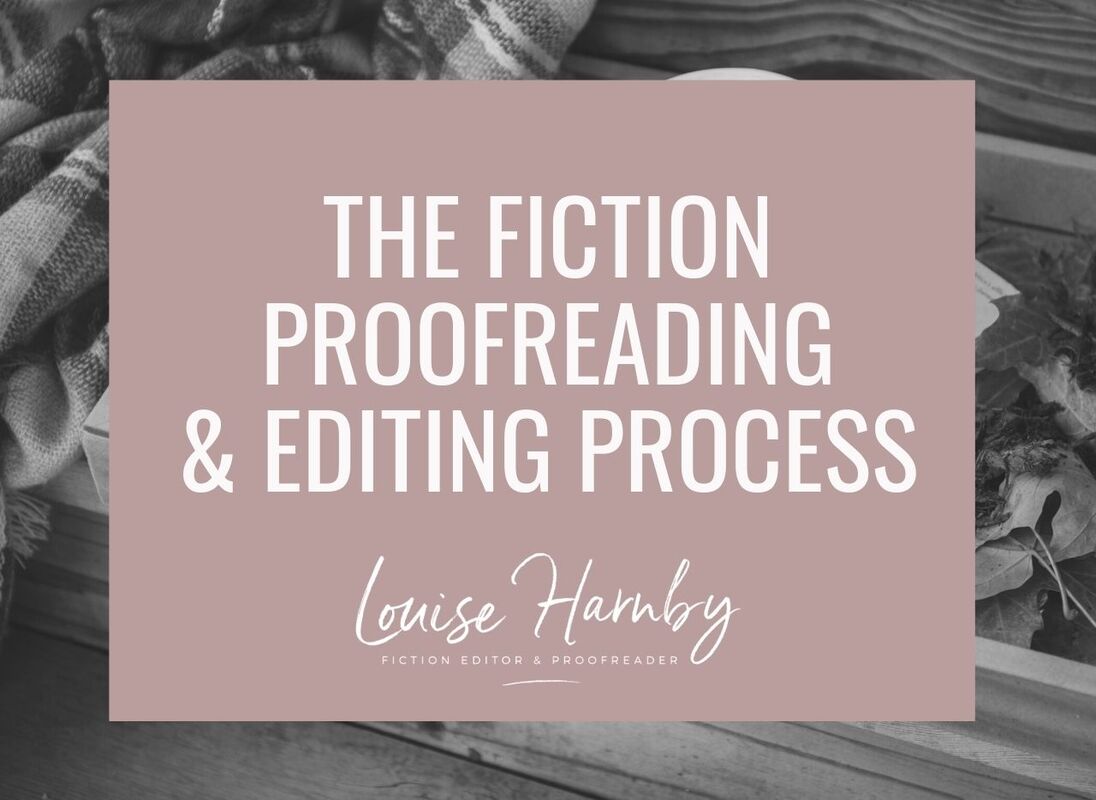
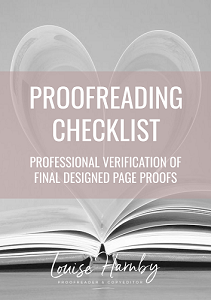
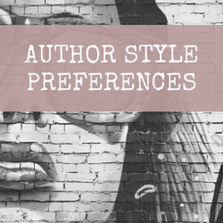
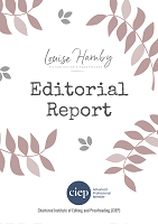
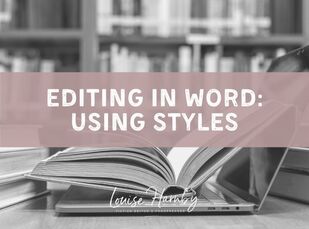

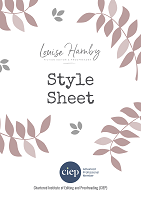


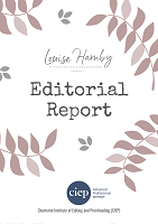














 RSS Feed
RSS Feed





